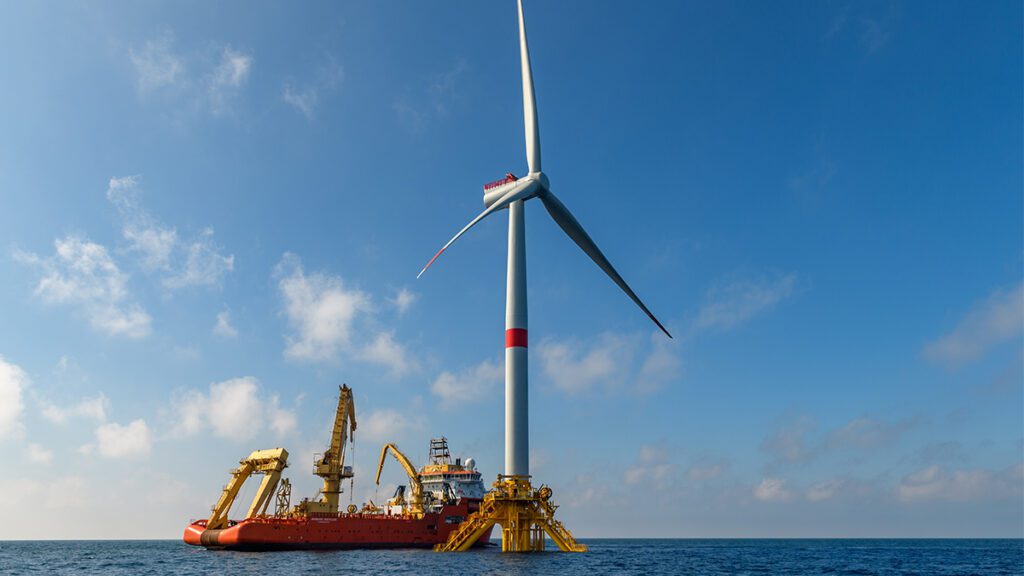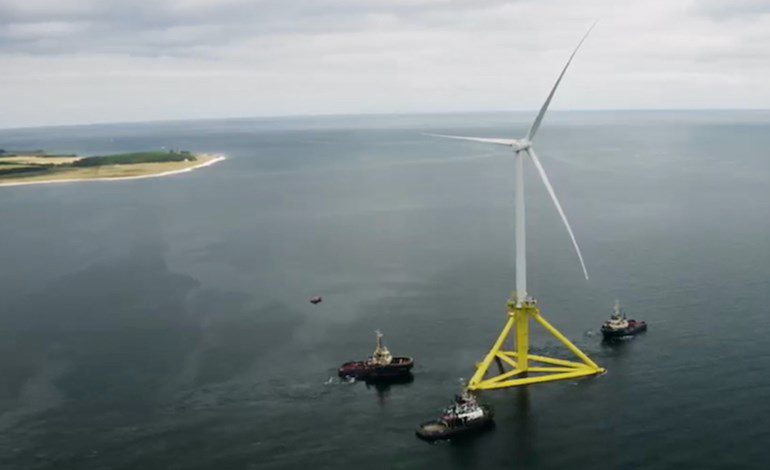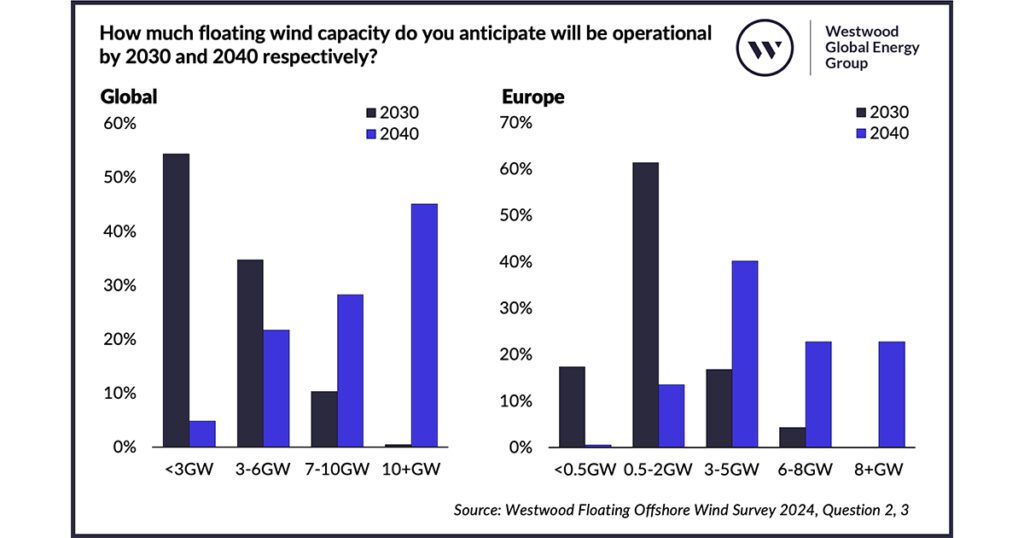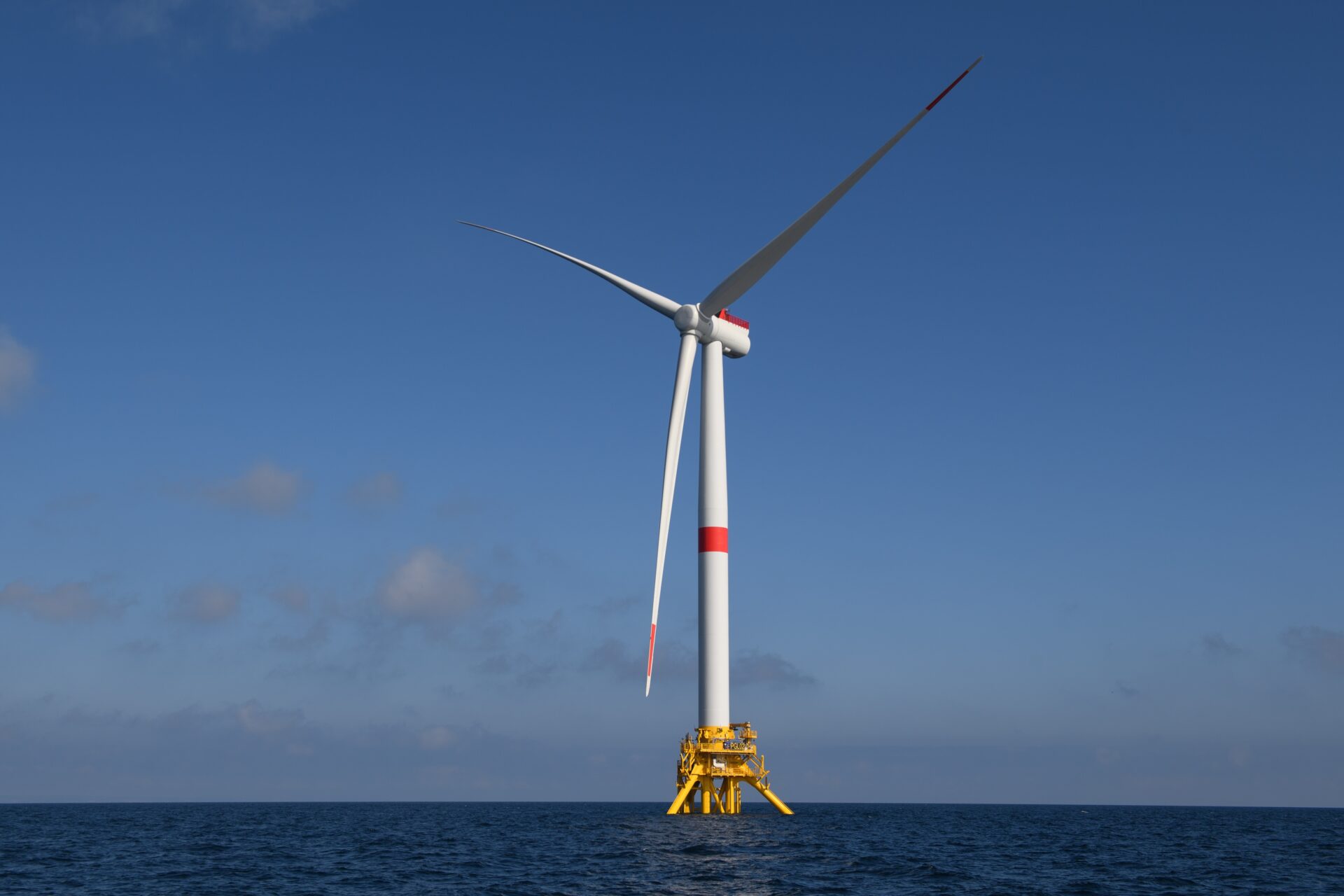Key Floating Offshore Wind Auctions

The floating offshore wind sector is making significant progress, and recent auctions across Europe are a testament to this progress.
France has taken a significant step in renewable energy by announcing the winners of the world’s first commercial-scale floating offshore wind auction, awarding projects totaling around 250 MW. The consortium of Elicio and BayWa r.e. won the tender to build the 250 MW Pennavel project off the coast of Lorient in Brittany. This AO5 tender, with a winning bid of €86.45/MWh ($94/MWh), is a milestone in France’s efforts to scale up floating wind technology from pilot projects to large-scale operations, demonstrating feasibility and economic viability while inspiring other nations to invest in similar initiatives. However, there are concerns regarding the project’s viability without the involvement of Chinese turbine suppliers. Analysis suggests that the French floating tender could face significant challenges if it cannot incorporate these cost-competitive turbines, potentially impacting the project’s overall success and economic feasibility
The momentum is not limited to France. Deep Wind Offshore has just unveiled plans for the Erik Segersäll floating offshore wind farm in Sweden. This ambitious project spans an area that could enable a potential total installed output of 4.5 GW through several phases of development. This would result in a total annual production of up to 19.5 TWh, sufficient to meet the consumption needs of the Stockholm region’s 2.5 million inhabitants.
Similarly, Norway’s Utsira Nord area is set to become a hub for floating wind projects. The Norwegian government has designated this area specifically for floating wind development, recognizing the country’s deep-water expertise and aiming to boost its offshore wind capacity. However, the tender for Utsira Nord has been postponed to 2025 as the government works on establishing a common state aid model, which raises concerns about potential delays in project development.
In addition, Scotland has also seen significant activity with the Crown Estate Scotland’s ScotWind, which aims to facilitate large-scale floating wind projects. Portugal has also invested in floating wind technology, with the WindFloat Atlantic project showcasing the potential for floating wind farms in the Atlantic Ocean.
These developments reflect a growing recognition of the potential for floating wind technology and each step serves as a stepping stone, providing valuable lessons and paving the way for larger-scale floating wind projects.
TetraSpar’s Impressive Performance

The TetraSpar Demonstrator Project has reported a capacity factor of 63%, showcasing its efficiency and potential. [Image Credits: Stiesdal]
The TetraSpar Demonstrator Project has reported a remarkable capacity factor of 63%, showcasing the efficiency and potential of floating wind platforms. Supported by a consortium including Shell, RWE, TEPCO Renewable Power, and Stiesdal Offshore Technologies.
A capacity factor of 63% is very high for wind energy projects, indicating the turbine’s ability to produce a substantial amount of energy relative to its potential. This shows that floating wind turbines can provide reliable and consistent energy. The success of the TetraSpar project provides valuable data and operational experience, which are essential for refining and scaling up the technology. This information can help improve future designs and deployments.
Additionally, the high performance of the TetraSpar turbine suggests that floating wind technology can be scaled effectively, offering a viable option for large-scale renewable energy production. This is crucial for meeting global energy demands and reducing carbon emissions. Achievements like TetraSpar’s boost confidence among investors, policymakers, and other stakeholders in the technology’s commercial viability, driving further investments and policy support.
Challenges in Floating Offshore Wind
Despite these advancements, the floating offshore wind sector faces several challenges. The development and deployment of floating wind turbines involve substantial costs, mainly due to the complex anchoring systems needed to stabilize the turbines in deep waters. These costs are higher compared to traditional fixed-bottom offshore wind turbines. Additionally, installing floating wind farms is a complex process that requires precise coordination and advanced engineering solutions to manage the harsh marine environment. Maintenance of these turbines also presents challenges due to their remote locations and the difficulty of accessing them during adverse weather conditions. Furthermore, deploying large-scale floating wind farms involves navigating stringent environmental regulations to minimize impacts on marine ecosystems. Obtaining the necessary permits and approvals can be lengthy and complex, often leading to delays.

Westwood Floating Offshore Wind Survey Chart. (Image credit: Westwood)
A recent survey by Westwood Global Energy Group highlights additional hurdles, such as a lack of standardization (55%), manufacturing capability and capacity (51%), and port infrastructure (50%). The survey, which involved 184 floating offshore wind stakeholders, indicated the need for accelerated investment, regulation, and supply chain coordination globally for the sector to achieve its ambitions. The findings also revealed a divide in optimism, with European respondents less optimistic than non-Europeans about the sector’s future prospects, reflecting challenges in meeting ambitious targets set for the industry.
Innovative Industry Contributions For Floating Offshore Wind
Various companies and organizations are working to overcome these challenges with innovative solutions. For Shoreline Wind, it is about being at the forefront of supporting the digital transformation of the floating wind development. Our expertise is crucial in navigating the digital complexities of floating wind construction projects, including advanced simulation models that optimize construction scenarios for floating foundations, ensuring projects are delivered on time and within budget.

Due to the lack of suitable space at the port, wet storage will be a key requirement for the installation of medium—to large-scale floating projects. In this image taken from Construction Design, WTGs and floating foundations are integrated in the main harbor, then floated out to wet storage with a tug before being towed out to sea to be installed.
Project developers have effectively utilized simulation technology to estimate scenarios specific to floating wind projects, exemplified by Les Éoliennes Flottantes du Golfe du Lion (EFGL). This technology has been instrumental in simulating and analyzing port-based pre-assembly, installation operations, and the towing and hook-up processes for installing 6MW wind turbines on a Principle Power floating foundation. For the project planners and analysts involved, the crucial benefit was the significant increase in the number of what-if analyses they could conduct. These analyses enabled the creation of project scenarios with enhanced accuracy, efficiency, speed, and profitability.
If you are interested in learning more – Have a look at the following information references for floating offshore wind:
- Delivering the Floating Wind Revolution: Navigating Troubled Waters to Make Construction Projects a Success: This article provides insights into the strategies and challenges involved in bringing floating wind projects to fruition.
- Just-in-Time Transportation: Shoreline Design Provides Best Practices in Modelling Construction Scenarios for Floating Foundations: Learn about best practices in logistics and transportation that help streamline floating wind project implementations.
These contributions are part of a broader industry effort to make floating wind a viable and sustainable energy source. The successes in France’s auction, Norway’s initiatives, the Deep Wind Offshore project in Sweden, and the TetraSpar project highlight the immense potential of floating wind technology. As the industry continues to innovate and address these challenges, floating wind is poised to become a critical component of the global renewable energy landscape.
Looking ahead, several questions remain:
- How will the high costs associated with floating wind technology be managed and reduced?
- What further innovations are needed to address the logistical and maintenance challenges?
- How can regulatory processes be streamlined to facilitate quicker deployment of floating wind farms?
The answers to these questions will shape the future of floating wind technology.


